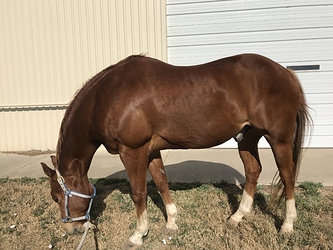Half fun but serious. Who else can relate to the guilt for not letting your horses out on wet fields?
They want out. Stand at the gate. Bored. And I like them moving all day long. They were relaxed and happy.
I grew up with horses at home - out 24/7 - and all the goodness that comes with it. I don’t remember what the fields looked like and maybe we even locked them up at times. Then boarded for the past 25 yrs and then finally my life time dream is realized. The barn was built and they’ve been home two months.
But, NOAA accurately predicted a wet winter. Snow, rain and now my paddocks and pasture turnouts are suffering. Two small paddocks 90x90 already closed. My next bigger turnout - 325x120 - eaten down and torn up enough I think it needs to wait for spring growth and dry up before they are back out.
Two more turnouts are available (325x135) and they haven’t been on them. But the ground is soaked and they’ll punch through it.
I’ve got a big nice dry lot built (40 x 160) - two horses. 24/7 hay in slow feeders.
But still feel bad. How do you balance turnout during the winter? Doesn’t look like the next two weeks is going to freeze.
I’d planned on possibly up to 4 horses here but now see no way. At the most I’ll add one more horse and know that is pushing it. Otherwise my land will be torn up and ruined. We spent probably $5,000 over the past 8 yrs rehabbing the ground - seeding, testing, adding minerals and amendments.
We do have 15 acres out back in woods etc but it’s not fenced yet. That’s years from now due to cost.
OK, so I’ll get on the couch and listen to yall.


 AND love your blog and all your data, graphs, pictures. So helpful!
AND love your blog and all your data, graphs, pictures. So helpful!